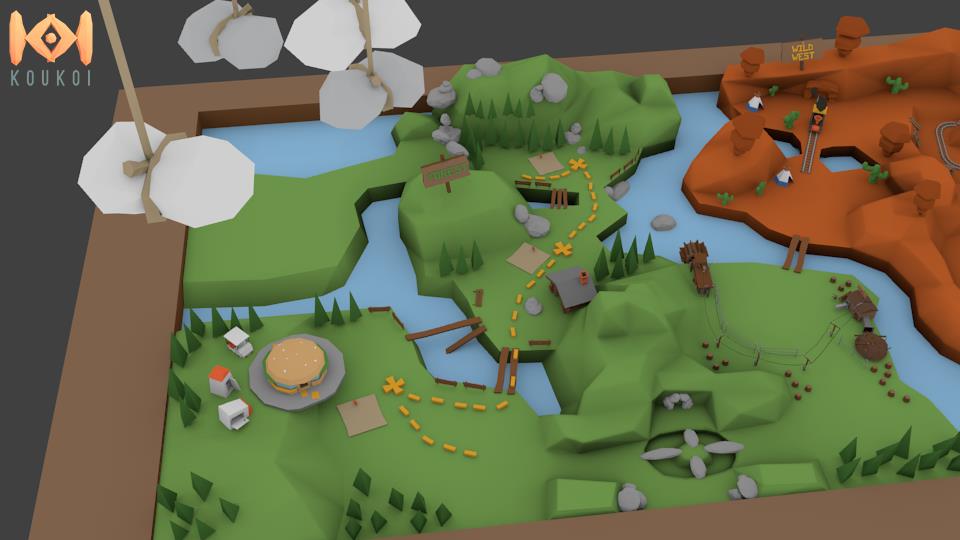
Are you a mobile game developer seeking to elevate your creations to the next level of immersion and engagement? Look no further.
In this article, we delve into the realm of dynamic animations in mobile games, exploring the 11 must-have techniques that will captivate and delight your audience.
From explosive particle systems to realistic facial expression simulations, each animation technique is meticulously crafted to bring your game to life.
Join us on this journey as we unveil the secrets to creating truly unforgettable gaming experiences.
Explosive Particle Systems
The explosive particle systems in mobile games are essential for creating immersive and visually stunning gameplay experiences. These dynamic particle simulations allow developers to bring life to various explosive effects in the game world.
By carefully crafting the behavior and appearance of these particles, game designers can create realistic explosions that captivate players and enhance their sense of freedom within the game. From fiery explosions to dazzling fireworks, the possibilities are endless.
The use of dynamic particle simulations enables the particles to interact with the environment and other game elements, resulting in a more realistic and engaging experience. Players can witness the particles reacting to gravity, wind, and other forces, adding an extra layer of authenticity to the game's visuals.

The explosive particle systems truly elevate the game's overall immersion and contribute to the players' freedom in exploring the game world.
Fluid Motion Simulations
Fluid motion simulations in mobile games add a sense of realism and fluidity to the movements of characters, objects, and elements within the game world. These physics-based simulations utilize fluid dynamics to create lifelike motion and interactions. By accurately simulating the behavior of fluids, such as water or smoke, developers can enhance the visual experience for players.
Fluid dynamics simulations enable the creation of realistic water effects, such as waves, ripples, and splashes. It allows for the accurate depiction of fluid behavior, taking into account factors like viscosity, buoyancy, and turbulence. This level of detail adds depth and immersion to the game environment.
Furthermore, fluid motion simulations can be applied to other elements in the game, such as cloth and hair. By incorporating physics-based simulations, characters' clothing and hair can move and react naturally to the game's physics and the actions of the characters themselves.
Interactive Physics-based Animations
When it comes to creating immersive mobile game experiences, realism in game physics and user interaction with animations play a crucial role.
Interactive physics-based animations allow players to engage with the game world in a more dynamic and realistic way, enhancing their overall gaming experience.
By incorporating physics-based interactions, such as object collisions, gravity simulations, and realistic movement, developers can create a more believable and interactive virtual environment.
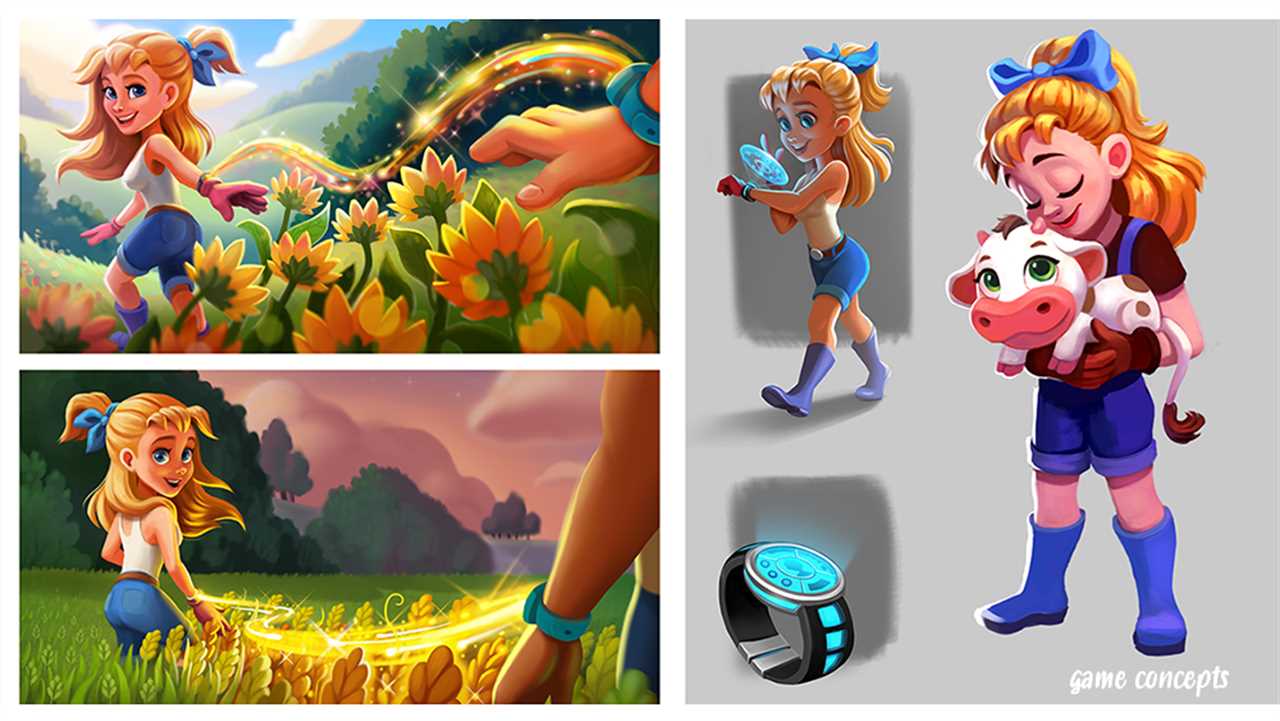
This captivates players and keeps them coming back for more.
Realism in Game Physics
Achieving a high level of realism in game physics requires developers to carefully balance and integrate interactive physics-based animations within the game mechanics.
One crucial aspect of creating realistic game physics is the implementation of ragdoll physics and animations. Ragdoll physics refers to the simulation of a character's body as a collection of rigid bodies connected by joints, allowing for realistic movement and reactions to physical collisions.
By incorporating ragdoll animations, developers can create more lifelike characters that react to external forces in a believable manner.
Furthermore, realistic force simulations play a vital role in enhancing the overall game physics. By accurately representing the impact and forces applied to objects and characters, developers can create a more immersive and engaging gaming experience for players who desire the freedom to interact with the game world in a realistic way.
User Interaction With Animations
Developers must consider how users interact with animations in mobile games, as it greatly affects the overall gaming experience. User engagement with animations is crucial for creating an immersive and captivating gameplay. Interactive animations have a significant impact on gameplay, allowing users to actively participate in the game world.
Here are three ways user interaction with animations enhances the gaming experience:

Real-time physics-based interactions: By incorporating interactive physics-based animations, users can interact with objects and characters in a realistic and dynamic manner. This adds a sense of freedom and agency, making the gameplay more engaging and enjoyable.
Gesture-based controls: Interactive animations can be integrated with gesture-based controls, allowing users to perform actions by swiping, tapping, or dragging on the screen. This intuitive interaction method enables players to have direct control over the game elements, enhancing their sense of involvement and satisfaction.
Dynamic feedback and response: Interactive animations provide immediate feedback to user actions, creating a responsive and dynamic game environment. This feedback loop enhances the sense of immersion and empowers users to explore and experiment within the game world, fostering a sense of freedom and creativity.
Realistic Facial Expressions
Realistic facial expressions play a crucial role in enhancing the immersive experience of mobile games. With advancements in technology, developers now have the ability to create lifelike facial animations through facial expression recognition and emotion-based animations.
Facial expression recognition algorithms analyze the player's facial movements and translate them into in-game characters, allowing for a more personalized and engaging experience. From a raised eyebrow to a wide grin, these animations bring characters to life, making them feel more relatable and realistic.
By accurately capturing the subtle nuances of human expressions, players can better connect with the game and its characters, ultimately leading to a more satisfying and immersive gameplay experience.
As mobile games continue to evolve, realistic facial expressions will undoubtedly become an essential component in creating captivating and emotionally engaging experiences.
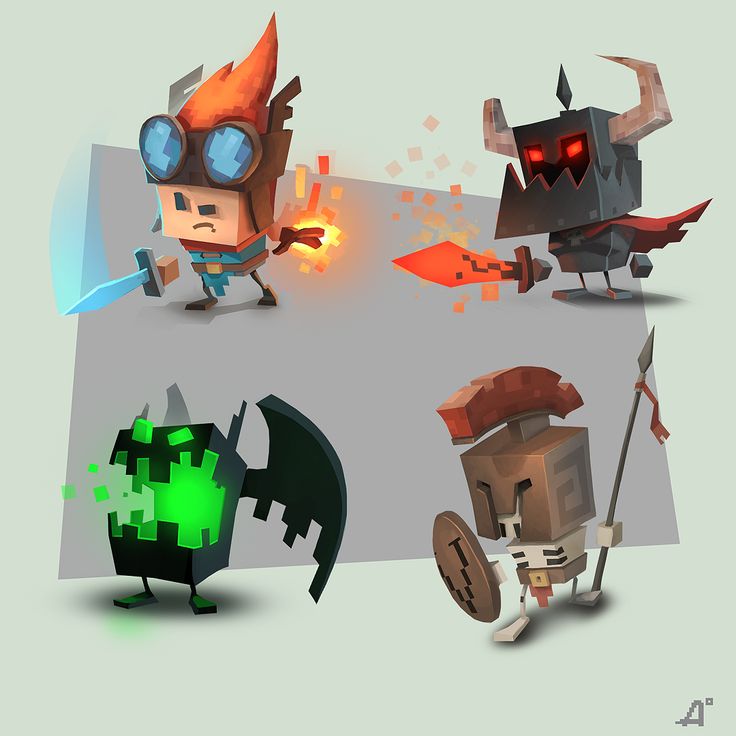
Dynamic Lighting and Shadows
Consistently optimizing dynamic lighting and shadows is crucial for creating visually immersive mobile games. The use of advanced dynamic lighting techniques and shadow rendering algorithms can greatly enhance the overall gaming experience.
Here are three key elements to consider when implementing dynamic lighting and shadows in mobile games:
Real-time lighting: By simulating the behavior of light sources in real-time, developers can create dynamic and realistic lighting effects. This can include realistic reflections, refractions, and dynamic shadows that respond to the movement of characters and objects.
Shadow rendering algorithms: Implementing efficient shadow rendering algorithms can significantly improve the visual quality of shadows in mobile games. From soft shadows to volumetric shadows, these algorithms help create depth and realism, enhancing the overall immersion of the gaming environment.
Dynamic light sources: Incorporating dynamic light sources such as flashlights, torches, or explosions can add a sense of excitement and intensity to mobile games. By dynamically adjusting the position, intensity, and color of these light sources, developers can create dynamic lighting effects that enhance the gameplay and storytelling.
With the right combination of dynamic lighting techniques and shadow rendering algorithms, mobile games can deliver stunning visuals and a truly immersive gaming experience.
Smooth Character Animations
Achieving fluidity in character animations is essential for creating an immersive and engaging mobile gaming experience. Realistic body movements and fluid character animations are key components in bringing virtual worlds to life.
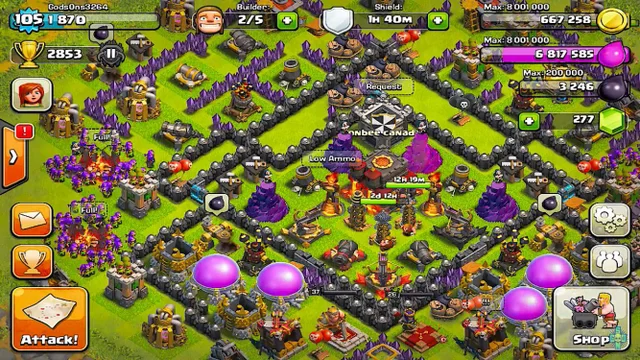
The success of a mobile game often hinges on the ability of its characters to move seamlessly and naturally. To achieve this level of realism, developers employ advanced animation techniques such as motion capture and skeletal animation. These techniques allow for the precise mapping of human movements onto digital characters, resulting in smooth and lifelike animations.
Additionally, the implementation of physics-based simulations further enhances the authenticity of character movements, adding weight and believability to every action. By prioritizing smooth character animations, game developers can provide players with a sense of freedom and immersion, elevating the overall gaming experience.
Atmospheric Weather Effects
The incorporation of dynamic atmospheric weather effects adds depth and visual interest to the immersive world of mobile games. By simulating various weather conditions, game developers can create a more realistic and captivating gaming experience for players.
Here are three ways in which atmospheric weather effects can enhance mobile games:
Visual effects: Weather effects such as rain, snow, and fog can add a sense of realism and atmosphere to the game world. Players can feel the intensity of a thunderstorm or the tranquility of a snowfall, making the game environment more immersive.
Weather simulation: By accurately simulating weather patterns, game developers can create dynamic and ever-changing game worlds. This can impact gameplay mechanics, such as visibility during a heavy rainstorm or the need for characters to seek shelter during a blizzard.
Enhanced storytelling: Weather effects can also be used to enhance the narrative of a game. For example, a dark and stormy night can create a sense of suspense and tension, while a bright and sunny day can evoke feelings of joy and adventure.

Seamless Environmental Transitions
When it comes to creating a truly immersive gaming experience, seamless environmental transitions play a crucial role. Smooth scene transitions allow players to move seamlessly from one location to another without any jarring interruptions, enhancing the overall flow of the game.
Additionally, immersive environment changes, such as day-night cycles or dynamic weather systems, can further enhance the player's sense of immersion and make the game world feel more alive and responsive.
Smooth Scene Transitions
One essential aspect of mobile game development is implementing at least two smooth scene transitions to provide a seamless and immersive gaming experience. These transitions not only enhance the overall gameplay but also contribute to the player's emotional engagement.
Here are three reasons why smooth scene transitions are crucial for mobile game development:
Cross-platform compatibility: Smooth scene transitions ensure that the game runs smoothly on various platforms, including iOS and Android. This compatibility allows players to enjoy the game on their preferred devices, giving them the freedom to play anytime, anywhere.
Performance optimization: By implementing smooth scene transitions, developers can optimize the game's performance and reduce lag or stuttering between scenes. This optimization enhances the player's experience, making the gameplay more enjoyable and immersive.
Immersion and freedom: Smooth scene transitions create a seamless flow between different game environments, allowing players to feel fully immersed in the game world. This sense of immersion gives players the freedom to explore and interact with the game environment without any interruptions, enhancing their overall gaming experience.

Immersive Environment Changes
Additionally, seamless environmental transitions allow players to smoothly navigate through different game settings, enhancing their immersive experience. These transitions are essential in creating a sense of continuity and realism within the game world.
One aspect that greatly contributes to the immersive environment changes is the integration of environmental audio. By incorporating realistic sound effects and ambient noises, such as the rustling of leaves or the distant sound of water flowing, players are transported into a virtual world that feels alive and dynamic.
Moreover, virtual reality integration takes the immersive experience to a whole new level. With the use of VR headsets, players can physically explore and interact with the game environment, further blurring the line between the real and virtual worlds. This integration allows for a truly immersive and engaging gaming experience that captivates players and gives them a sense of freedom within the game world.
Immersive Camera Movements
To achieve a more immersive gaming experience, developers can incorporate dynamic and captivating camera movements that enhance the player's sense of presence within the virtual world.
By utilizing cinematic camera angles, the game can create a more visually stunning and engaging experience. These angles can range from dramatic overhead shots that capture the vastness of the virtual world to close-up shots that showcase the intricate details of the game environment.
Additionally, virtual reality integration allows for a more immersive gameplay experience by enabling players to control the camera movement through their own physical movements. This technology allows players to feel as if they are truly inside the game, further enhancing their sense of freedom and immersion.
Captivating Special Effects
How can captivating special effects elevate the overall visual experience in mobile games?
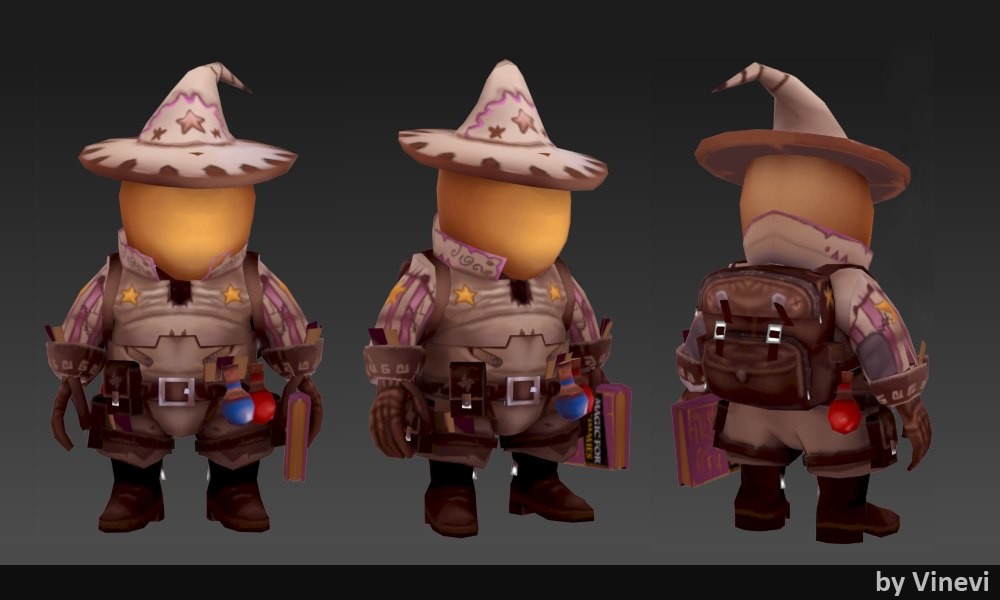
Captivating special effects are an essential component of modern mobile games, as they have the power to immerse players in a virtual world like never before. These effects can range from realistic explosions and fire to stunning lighting and weather effects.
By using innovative animation techniques, game developers can create a sense of awe and wonder, transporting players to fantastical and otherworldly environments. Whether it's the mesmerizing glow of a magical spell or the dazzling trail of a shooting star, captivating special effects add depth and realism to the game world, enhancing the player's immersion and making the experience truly unforgettable.
With advancements in technology, the possibilities for creating breathtaking special effects in mobile games are endless, allowing developers to push the boundaries of creativity and deliver a visually stunning experience.
Interactive Gesture-based Animations
Interactive gesture-based animations are a crucial element in mobile games, as they have the potential to greatly enhance the user experience. By incorporating intuitive gesture interactions, players can engage with the game in a more immersive and natural way.
What sets these animations apart is their real-time responsiveness, allowing for seamless and fluid movements that make the gameplay more dynamic and engaging.
Enhancing User Experience
By implementing interactive gesture-based animations, mobile game developers can greatly enhance the user experience and immerse players in a more dynamic and engaging gameplay environment. These animations not only add a touch of realism to the game but also provide a more interactive and personalized experience for the players.
Here are three ways in which interactive gesture-based animations can enhance the user experience:
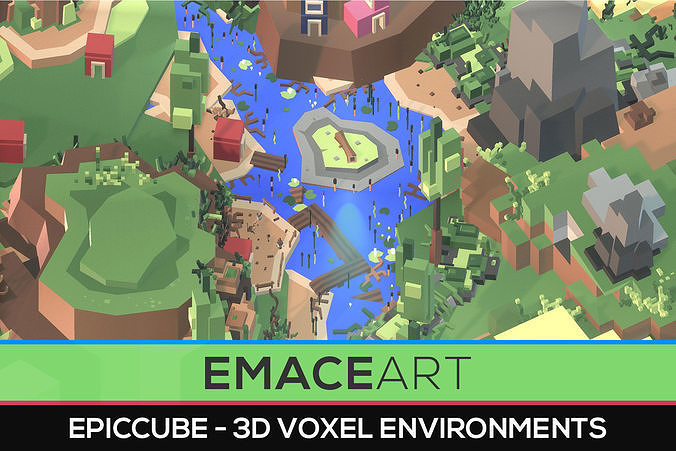
Gamifying user interactions: By incorporating interactive gestures into the gameplay mechanics, players can actively participate and control various aspects of the game using their gestures. This gamification of user interactions adds a sense of empowerment and engagement, making the gameplay experience more enjoyable and immersive.
Personalized animation experiences: Interactive gesture-based animations can be tailored to the individual player's preferences and style of play. By recognizing and responding to specific gestures, the game can create a unique and personalized animation experience for each player, making them feel more connected to the game world.
Increased immersion and engagement: Interactive gesture-based animations allow players to physically interact with the game environment, creating a deeper sense of immersion and engagement. Whether it's swiping to attack enemies or tilting the device to navigate through obstacles, these animations make the gameplay experience more interactive and captivating.
Incorporating interactive gesture-based animations into mobile games not only enhances the user experience but also adds a level of freedom and interactivity that players desire. It creates a more dynamic and engaging gameplay environment, making the game more enjoyable and memorable for players.
Intuitive Gesture Interactions
Intuitive gesture interactions in mobile games revolutionize the way players engage with the game by seamlessly blending their natural movements with on-screen animations.
With the advancement of technology, game developers now have the ability to incorporate natural gesture recognition and intuitive touch controls into their games, enhancing the overall user experience.
These interactive gesture-based animations allow players to control their characters or objects in the game using simple and intuitive hand movements. Whether it's swiping to perform a special attack or tilting the device to navigate through obstacles, these gestures create a more immersive and engaging gameplay experience.

Players no longer have to rely solely on buttons or joysticks to interact with the game; instead, they can use their own gestures and movements, giving them a sense of freedom and control.
The future of mobile gaming lies in the seamless integration of intuitive gesture interactions, providing players with a new level of immersion and enjoyment.
Real-Time Animation Responsiveness
As game developers strive to enhance user experience, they must prioritize real-time animation responsiveness, incorporating interactive gesture-based animations that seamlessly adapt to players' movements. This requires real-time animation synchronization and animation performance optimization to ensure smooth and fluid animations that respond instantly to user input.
To evoke an emotional response in players, here are three key aspects to consider:
Immersive Interactions: By integrating interactive gesture-based animations, players can feel more connected to the game world, allowing them to physically interact with the virtual environment and characters. This freedom of movement adds a sense of realism and immersion to the gameplay experience.
Seamless Transitions: Smooth and seamless transitions between different animations enhance the overall gameplay experience. Whether it's transitioning from a walking animation to a running animation or from a standing animation to an attacking animation, these seamless transitions make the game world feel more dynamic and responsive.
Responsive Feedback: Interactive gesture-based animations provide immediate feedback to players, letting them know that their actions are being recognized and that the game is responding accordingly. This instant feedback creates a sense of empowerment and freedom, making players feel more in control of their gaming experience.
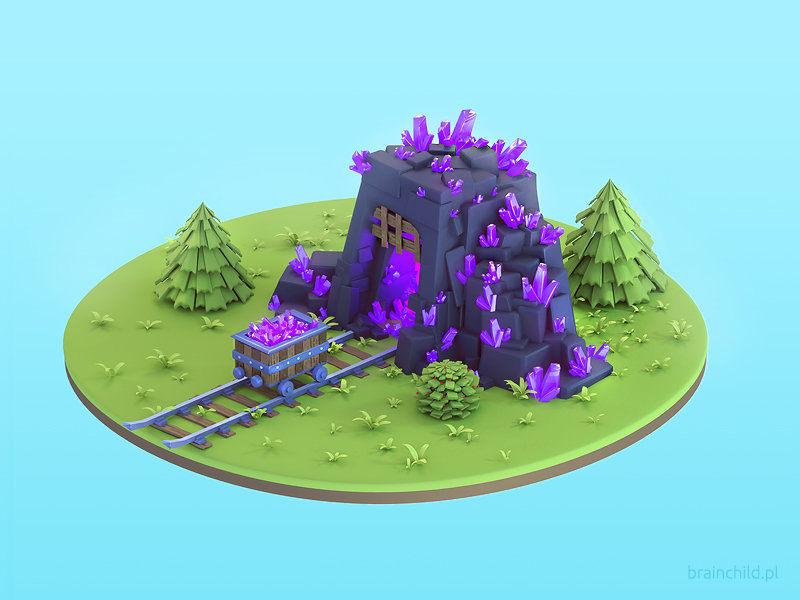
Frequently Asked Questions
How Can I Create Dynamic Lighting and Shadows in My Mobile Game?
To create dynamic lighting and shadows in a mobile game, focus on creating realistic character animations and optimizing performance for mobile devices. This requires a creative, technical, and detail-oriented approach to ensure a seamless and immersive gaming experience.
Are There Any Specific Techniques for Creating Seamless Environmental Transitions in Mobile Games?
Creating realistic weather effects in mobile games requires a combination of techniques such as dynamic skyboxes, weather particle systems, and shader effects. Strategies for optimizing performance while maintaining seamless environmental transitions include level streaming and LOD techniques.
Can You Provide Tips on Creating Captivating Special Effects in Mobile Games?
Creating captivating special effects in mobile games involves creating realistic physics simulations and incorporating unique sound effects. By carefully designing and implementing these elements, developers can enhance the overall gaming experience and captivate players.
What Are Some Examples of Interactive Gesture-Based Animations in Mobile Games?
Interactive gesture-based animations in mobile games allow players to control the game through physical movements. Examples include swipe gestures to perform actions, tilt controls for steering, and touch gestures for character interactions, enhancing the immersive and dynamic gameplay experience.
How Can I Achieve Immersive Camera Movements in My Mobile Game?
To achieve immersive camera movements in a mobile game, developers can incorporate realistic physics simulations and explore unique control schemes. This allows for a more engaging and interactive gaming experience, giving players a sense of freedom and immersion.
 Digital Art InstructionDIY Infographics DesignMobile Game ArtworkPersonalized Logo Design3D AnimationeBook Covers DesignPrivacy PolicyTerms And Conditions
Digital Art InstructionDIY Infographics DesignMobile Game ArtworkPersonalized Logo Design3D AnimationeBook Covers DesignPrivacy PolicyTerms And Conditions
